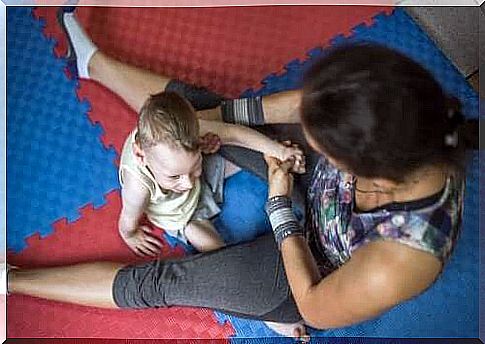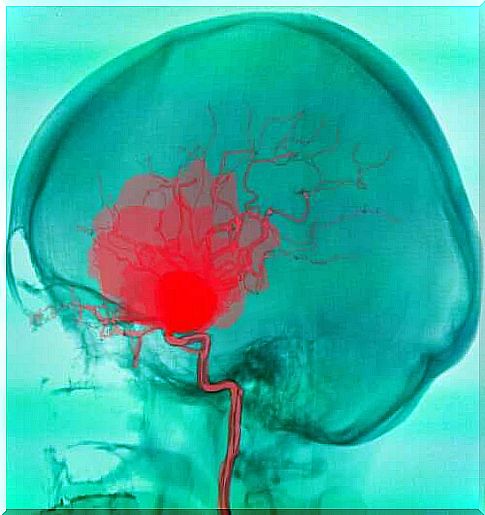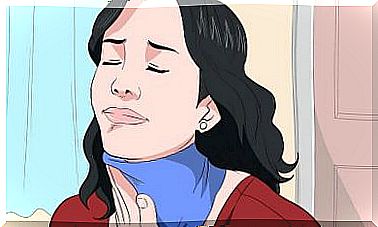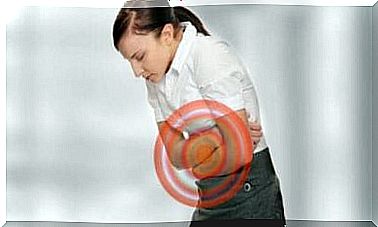Cerebral Palsy, What Is It?

Cerebral palsy is a disability caused by a brain injury. The injury limits the activity of the subject, as it affects both mobility and posture. Scientists define paralysis as a group of permanent movement disorders.
It typically occurs during the development of the fetus or in the first few years of life. Furthermore, it can be accompanied by impaired sensitivity and cognitive disturbances. For this reason, it is considered a multiple disability.
It is estimated that cerebral palsy affects one in 500 children in Italy. It is a disabling disorder with a high incidence ; in this article we will explain what it is and how many types exist.
What is cerebral palsy?
As we mentioned, cerebral palsy actually refers to a number of disorders that affect movement, balance and posture. It usually appears in the first few years of life, as in most cases it develops during pregnancy.
It typically includes other ailments. For example, it is difficult to do simple activities such as walking or writing. Furthermore, coexistence with mental disabilities and other pathologies is frequent. This, of course, depends on the location and extent of the brain injury.
It is a permanent pathology that does not tend to change over time. This is because the brain injury is irreversible and, with it, the neurological damage. Usually occurring before the age of 3, the symptoms are evident immediately.

Symptoms
Infantile cerebral palsy is typically evident due to the child’s difficulty in sitting, crawling, and even smiling. There is an alteration in muscle tone, which varies according to the type of paralysis.
However, movement-related symptoms aren’t the only ones. It can cause hearing problems and difficulty recognizing tactile sensations (agnosia). It can also cause coordination disturbances, attention disturbances, or dyskinesia.
Types of cerebral palsy
There are several types of infantile cerebral palsy, the main features of which are as follows:
- Spastic paralysis. Those affected show various difficulties in controlling the muscles, which tend to weaken. It usually affects the arms and legs.
- Dyskinetic paralysis. The movements are involuntary and slow. Worsens with fatigue and strong emotions. Instead, it improves with rest and sleep. People with this type of paralysis have difficulty in articulating speech.
- Ataxic cerebral palsy. It affects the cerebellum, which is the part of the brain that controls balance.
- Mixed cerebral palsy. It is due to injuries in different structures, and therefore involves a combination of symptoms.
On the other hand, paralysis can also be classified according to the affected areas. In this case we find:
- Hemiplegia (only one half of the body).
- Paraplegia.
- Tetraplegia.
- Monoplegia.
Likewise, it is also classified according to severity. It can therefore be mild, moderate or severe.
Treatment of cerebral palsy
As mentioned, it is a permanent and, unfortunately, incurable pathology. However, thanks to some treatments and cures, it is possible to improve the patient’s living conditions. In this regard, the following are used together : physiotherapy, occupational therapy and speech therapy.
To ensure the best treatment, there are several rehabilitation centers, both public and private. All the methods mentioned can be applied in them.
Some of the causes of cerebral palsy can be easily prevented. For example, it is vital to avoid head blows in the child. It is therefore possible to resort to safety measures, such as helmets and special car seats. It is also important to pay due attention to the home environment.

Another situation linked to paralysis is the incompatibility of the blood group between the mother and the fetus. This can be detected and prevented in early pregnancy. Likewise, the mother should be vaccinated against the rubella virus, which appears to be related.
In conclusion
Coping with pregnancy in the healthiest way possible is the main advice. Any risky practice, such as smoking or alcohol, can harm the fetus. In addition, it is necessary to perform all the tests required for pregnancy. If the problems appear after birth, in the presence of the symptoms displayed, it is best to consult a doctor promptly.









